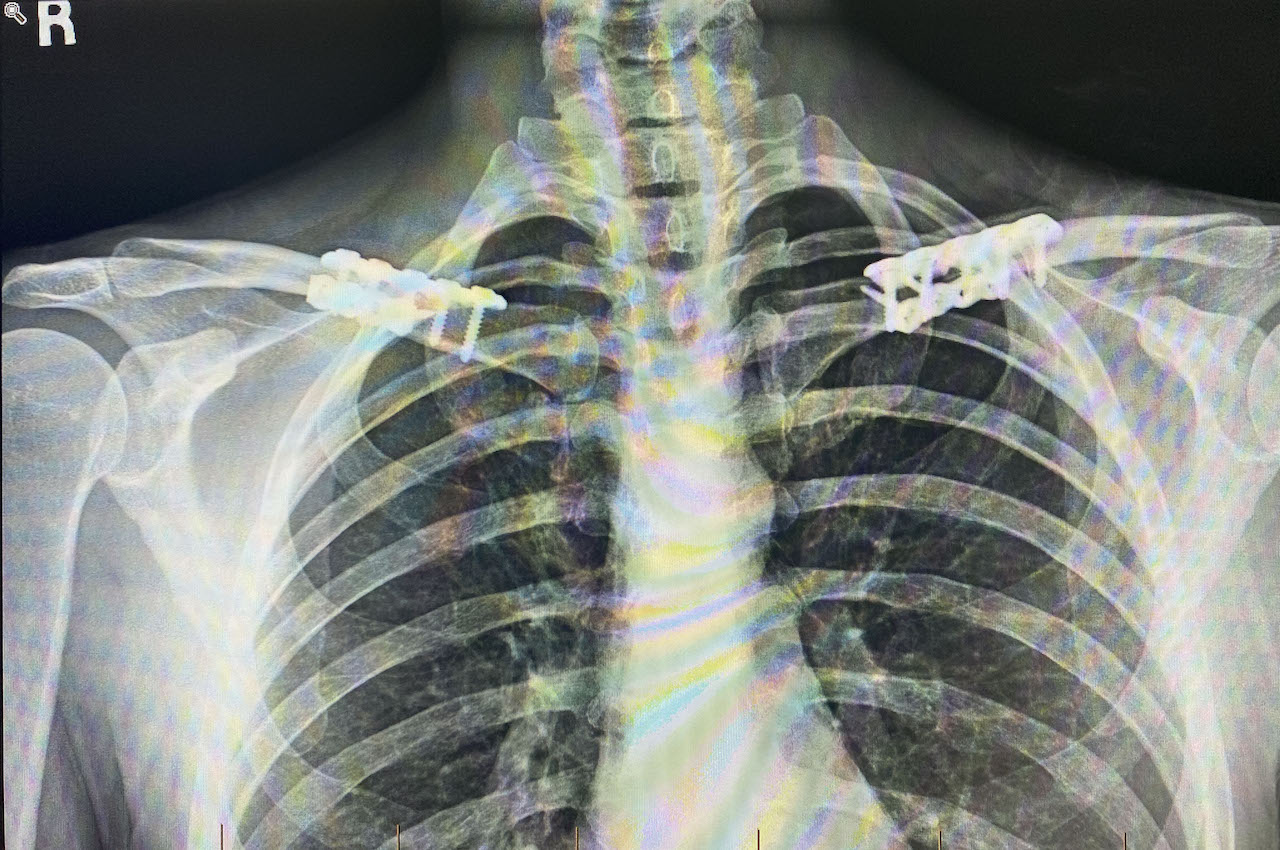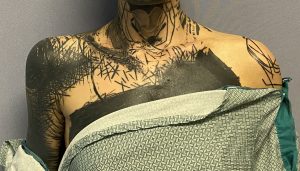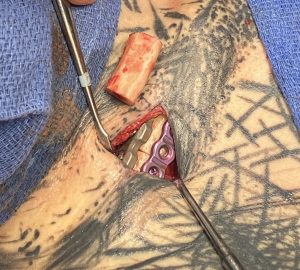Background: Reshaping the shoulder for a less wide and more rounded shape can be effectively done by reducing the length of the clavicle bone. The location of the bone removal is performed on the inner half of the bone as the scar can be less visible in the supraclavicular fossa. The interesting side benefit of that surgical location is that where the surgery is performed (inner half of the clavicle) is not where the effect is desired to be seen. (outer half of the clavicle or the external shoulder) Thus the effects of the surgery is immediately seen and the visible result is not delayed due to immediate postoperative swelling and bruising.
Despite the immediate and visible benefits of the surgery the most challenging part of shoulder narrowing is the recovery. As it is typically performed it is done in a bilateral fashion in which both clavicles are reduced during the same surgery. This is certainly the most efficient way to get to the final shoulder shape results but does pose challenges in the recovery period. With both arms restricted in range of motion the immediate recovery and the first two weeks after surgery require thoughtful planning for assistance and the needs of many daily activities.
While most patients have both shoulders reduced concurrently there is the option of having the procedure in a staged manner. While not the most efficient approach it does offer several advantages. With one good arm the recovery is easier, somewhat similar to clavicle fracture recovery, and the surgery can be performed as an outpatient. In the end the result is the same…just the process of getting there is longer.
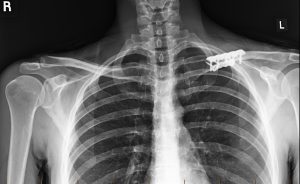
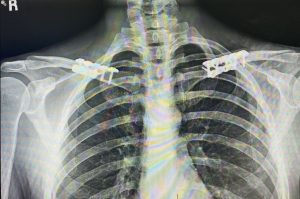


Case Highlights:
1) Shoulder narrowing surgery removes a portion of the clavicle bone in its inner half to create an effect on its outer half.
2) Clavicle reduction osteotomies can be performed in one or two stages based on the patient’s choice.
3) A staged approach to clavicle reduction osteotomies offers an easier recovery with one unrestricted arm and can be done as an outpatient procedure.
Dr. Barry Eppley
World-Renowned Plastic Surgeon

